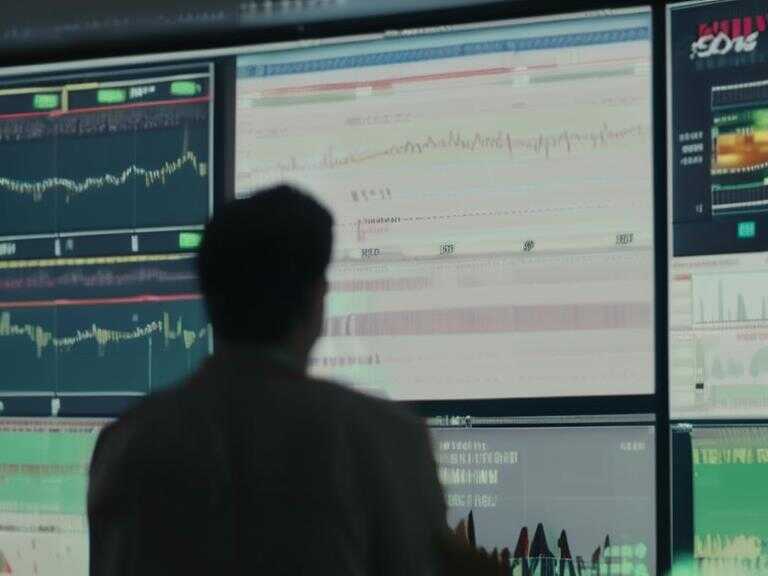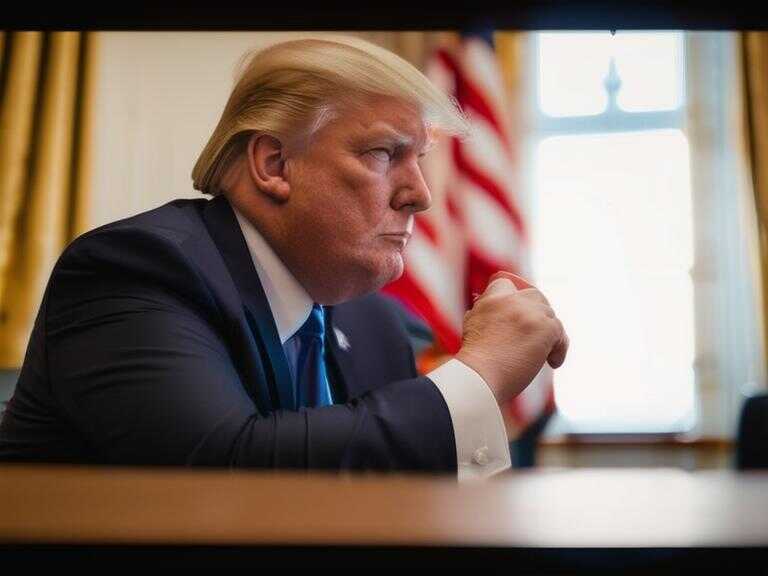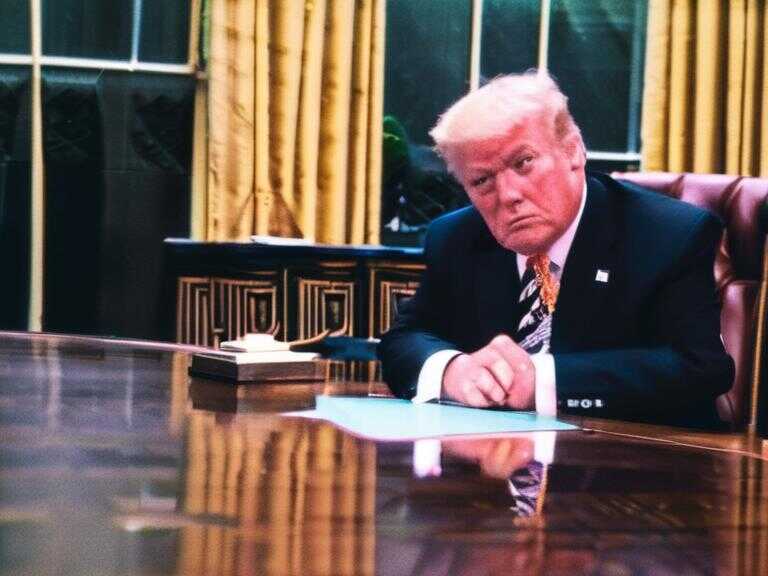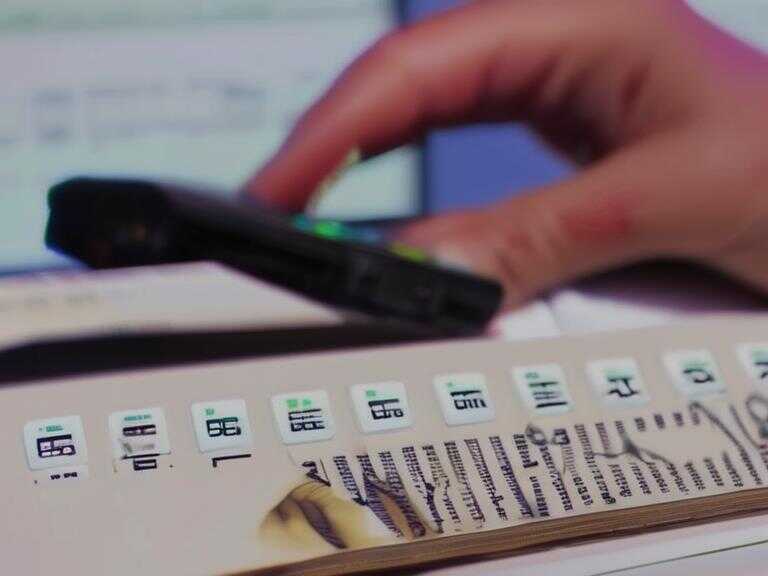
Cuba Faces Cash Shortage Amid Complicated Monetary System and Economic Crisis
Cubans struggle with cash shortage due to economic crisis, high inflation, and complex monetary system, leading to long lines and difficulties in accessing money.

Struggling with the lack of cash, Cubans are facing increasing difficulties in accessing the money they earn and need for daily transactions. The situation has been exacerbated by the complex monetary system and stubbornly high inflation, making it challenging for people to conduct routine financial activities.
A growing number of Cubans, such as 23-year-old Alejandro Fonseca, are experiencing frustration as they encounter obstacles in obtaining their hard-earned money. Long lines outside banks and ATMs have become a common sight in Havana and other areas, with individuals queuing for hours to carry out basic transactions.
Causes of the Cash Shortage
Experts attribute the shortage of cash to various factors, including the government's expanding fiscal deficit, the absence of higher denomination banknotes, persistent inflation and the retention of money outside the banking system. Entrepreneurs and small business owners, who rely on foreign currency for their operations, are among those holding onto Cuban pesos, contributing to the scarcity of cash within banks.
The need to import goods and pay for supplies in foreign currency has led many entrepreneurs to hoard Cuban pesos, as they seek to convert them into foreign currencies on the informal market. Converting Cuban pesos presents additional challenges due to the existence of multiple fluctuating exchange rates, creating further complexities for business owners.
Evolving Cash Distribution
A shift in the distribution of cash has been observed over the years, with a significant portion now held by individuals rather than banks. Data from 2018 indicated a 50-50 split between cash holdings by the population and banks, whereas in 2022, 70% of the cash was in the possession of individuals, highlighting a notable change in the distribution of currency.
Government Measures and Monetary Policies
The Cuban government introduced a virtual currency, MLC, in 2019, and subsequently implemented measures in 2023 to promote a "cashless society" by mandating the use of credit cards for certain transactions. However, the reluctance of many businesses to accept credit card payments has hindered the effectiveness of these policies.
Stubbornly high inflation has intensified the demand for physical bills, as the official inflation rate of 77% in 2021 and 31% in 2023 fails to capture the true economic impact experienced by Cuban citizens. Market inflation, reaching triple digits, has significantly altered the purchasing power of the Cuban peso, making daily expenses more burdensome for the population.
Financial Strain on Cuban Workers
Amid the complex monetary environment, Cuban state workers, whose monthly salaries range from 5,000 to 7,000 Cuban pesos (equivalent to $14 to $20 in the parallel market), face significant financial challenges. The disparity between official figures and the actual cost of living has created hardships for individuals trying to navigate the multi-currency and fluctuating exchange rate landscape.
Pavel Vidal, an expert on Cuba and a professor at Colombia's Javeriana University of Cali, emphasized the complexity of living in an economy with multiple currencies, diverse exchange rates, and high inflation. His insights shed light on the intricate financial realities faced by Cuban citizens.
“To live in an economy that, in addition to having several currencies, has several exchange rates and a three-digit inflation is quite complicated.”
The challenges posed by the cash shortage crisis in Cuba continue to impact individuals, entrepreneurs, and the broader economy, highlighting the urgency for effective solutions to alleviate the strain on the country's financial infrastructure.
Share news















